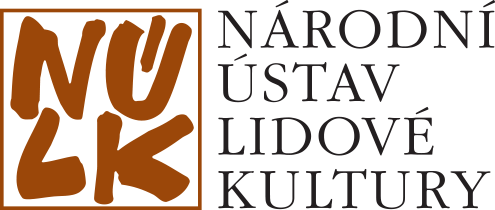The traditional folk culture is also associated with the term folklorism, meaning the transfer of folk culture´s phenomena from the original life to another context, often with new functions. The lexicographic explanation of the word folklorism is narrower than the meaning in which it is used, so it necessarily does not have to stand for the “second existence of folklore”, but for folk culture´s elements in general.
Folklorism includes both the use of folk song, music, and dance, as well as verbal expressions and ceremonial folklore, and a wide spectrum of expressions originating in other realms of folk culture – the use of folk costumes for activities of folklore ensembles, the use of visual folk elements (lace, embroidery, arts and crafts) in non-original environment, the inspiration in architecture, painting, plastic art and purposeful fine art activities for folklore festivals and folk ensembles.
Music, dance, visual and verbal sections are among the most remarkable streams of folklorism. The verbal folklorism covers several fields: beginning with popular editions of verbal folklore through the creation by amateur authors to inspirations in art literature. Even here, like in the case of all other sorts of folklorism, it is important to record the context and function of particular phenomena and the essence of their existence, e.g. by spreading through mass media.
Folklorism is understood as a neutral phenomenon and it is the inserted content that is significant. In some case, its expressions closely touch folklore and folk culture´s phenomena and they can overlap with these, in other cases there is a long distance between the original phenomena and their new life within folklorism. In addition, folklorism draws on many fields of folk culture; it is a strong compound of social communication, and it meets human needs.
Literature: Od folkloru k folklorismu. Slovník folklorního hnutí na Moravě a ve Slezsku [From Folklore to Folklorism. A Dictionary of Folklore Movement in Moravia and Silesia] (M. Pavlicová-L. Uhlíková) Strážnice 1997.

